Whilst certainly capable in terms of quantity, it could well be argued that the Spanish army of the Napoleonic era was the worst in the entire European theatre, managing but a handful of victories against the French invaders of the Peninsular War – the only victory of significance was that of the battle of Baylen in 1808 – perhaps the Zenith of the Spanish Army’s achievements.
Though they met the French on the field of battle many a time, the Spanish developed a reputation of not fighting as fiercely as their opponents and eventually routing even whilst their gunnery crews were still working their equipment. The Spanish were badly organised, badly trained, and badly equipped when taken against their contemporaries in Europe.
At the outbreak of the Peninsular War, also known as the War of Independence, the Spanish Army numbered around 180,000 regular and militia forces. Though their industrial output ensured that 100,000 of these were equipped and ready to battle, they also required the aid of Britain; who supplied money, equipment and uniforms, perhaps enough to equip a further 50,000.
Despite their reputation, the Spanish Army did improve over the course of the Peninsular Campaign, and the zeal of the Spanish population cannot be denied. Such was their xenophobia of the hated invaders that it gave form the vicious insurgent warfare known as ‘Guerilla War’, a moniker used to this day. Through a combination of the attacks of these armed bands against the likes of French convoys, messengers, garrisons and hospitals, and the battle upon battle of the regulars that pinned and exhausted the French forces, the Spanish achieved more during the Napoleonic Wars than history tends to favour them with.
British Assistance
It was victory at Baylen, in southern Spain on 23rd July 1808, when General Castaños surrounded and forced 18,000 Frenchmen under General Dupont to surrender, that provided the catalyst to British Assistance. This victory rocked Europe, demonstrating that Napoleon’s forces were not, in fact, invincible – and by the unlikeliest of military forces, the Spanish!
Thus, on 1st August 1808 when a force of 14,000 men under Lieutenant General Sir Arthur Wellesley landed at Mondego Bay, just north of the Portuguese capital.
Though Wellington’s forces were outnumbered by the French, during the advance into Spain of 1812, he enjoyed a strategic and tactical advantage owing to the assistance of the Spanish, who were able to pin down and sow disarray amongst a significant number of French formations who found themselves trapped before Wellington’s advance.
On the Table
A Spanish army looks terrific on the tabletop, not least because their uniforms were perhaps the most varied and colourful of all the Napoleonic era. Though the troops were generally of poor quality, it is said that quantity is its own quality.
You can see examples of the miniatures painted up in different regimental colours below. They are superbly detailed and extremely easy to assemble, meaning your fantastic new regiment will be on the tabletop in no time at all!
The formation of the Spanish National Militia dates back to the War of Spanish Succession (1701-1714). It didn’t come to full fruition until the Peninsular Campaigns of the Napoleonic wars, however. They continued to fight in the wake of the destruction of the Spanish Army, established at municipal and provincial levels, against Napoleonic France.
Provincial militia units tended to wear the same uniform as the line infantry with red facings.
The Swiss regiments were considered separate from the line and from the foreign regiments. Differing slightly to the line infantry, Swiss regiments had two battalions each of six companies.
The second Swiss Infantry Regiment (Reding Senior) were present at the Battle of Cardedeu of 16 December 1808, in the 1st Division of the Army of Granada
General Theodor von Reding.
The Swiss variation on the infantry uniform had a dark blue coat, white waistcoat, breeches, buttons and piping, and black gaiters.
Four foreign infantry regiments were part of the Spanish Order of Battle of the Peninsular Wars – of these, three were “Irish”. However, all three regiments were severely understrength for the duration of the campaign.
The oldest of the “Irish” regiments serving in the Spanish Army. Their colours changed over time, eventually donning, in 1805, sky blue coats over yellow facings.
Infantry Regiments
Most Spanish regiments had two battalions – the first composed of half of grenadiers and half of fusiliers with one flag, the Coronela; the second and third battalions were composed entirely of fusiliers carrying the distinctive Sencilla (or Ordenanza) white flag with red bourbon saltire. We know many gamers like to field two flags in a battalion no matter what history says so we’ve included two ensign figures per battalion. If you are more historically minded, we’ve added an extra fusilier for each of the three battalions!
These high-quality, single-piece miniatures are cast in our high-quality Warlord Resin, ensuring a quick turnaround from assembly to tabletop battlefield. Full-colour flag sheets are also included with Sencilla/Ordenanza for the following regiments:
- 1st Line Regiment (Rey)
- 5th Line Regiment (Corona)
- 18th Line Regiment (Burgos)
- 36th Foreign Line Regiment (Irlanda)
- 2nd Swiss Infantry Regiment (Reding Senior)
- Ferdinando VII Volunteer Regiment
Artillery
‘The best of a bad lot’, the artillerymen of the Spanish Army displayed spirit and courage that was rarely matched by their countrymen. Batteries were split between horse and foot, the former having 4-pounders and the latter having 8-pounders. Batteries were supposed to have six guns each, but this was rarely achieved in reality and batteries usually ended up with four guns only. The fact that the batteries were called foot or horse meant little; a severe shortage of horses meant both were drawn in the main by mules and oxen.
Mounted Officers
The Spanish army was badly organised, trained, equipped and led and therefore suffered from a severe self-doubt which was in contrast to the Spaniards as individuals who were usually fired by the zeal to rid themselves of the ghastly invading French.
This pack will furnish you with three mounted infantry officers to lead your brigades on Black Powder battlefields.
Guerillas
You cannot comment on the Spanish and their forces without on those plucky chaps who carried out the ‘little war’; directed by local Juntas they performed hit and run attacks on the French any way they could. The French regarded them as rebellious scum, bandits who were to be chastised even unto death. It is estimated that over 20,000 were active in numerous bands whose numbers grew to the size of small armies in some cases. Guerrilla bands were lead by colourful yet ruthless men who operated under titles such as El Pastor (The Shepherd) and El Abuelo (The Godfather).
One cannot underestimate the value to Wellington the guerrilla war had. It is without doubt that without these brave Spaniards, Wellington’s forces would have been overrun by marauding French armies. Conversely, without brave Albion and her Portuguese allies, the French would have hunted down the rebels with impunity.
These models superbly characterise the men and women fighting as irregular troops in Spain and Portugal, harrying the French at every step. Each pack contains six Spanish Guerillas.
Bossman John’s Spanish Army
Our illustrious leader, Mr John Stallard, seized upon the opportunity to expand his Napoleonic Spanish Army with the brand new Guerillas sculpts. A Spanish army really does look resplendent on the table!
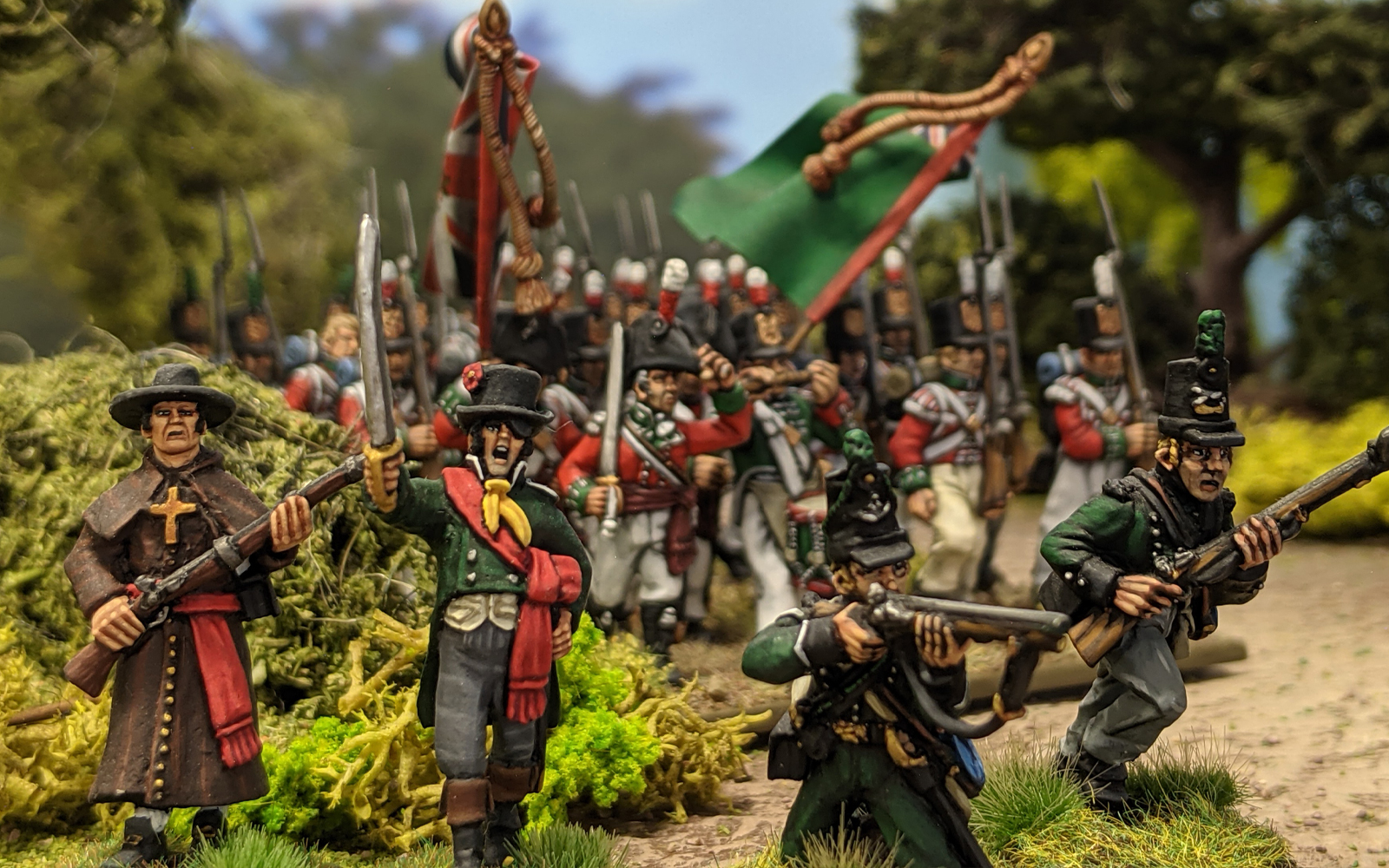
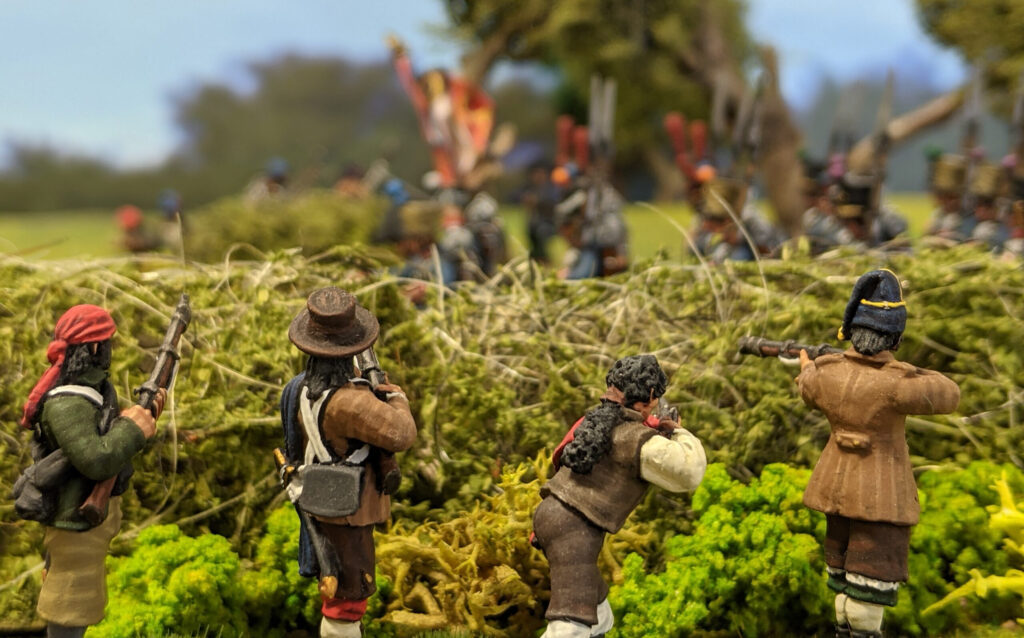

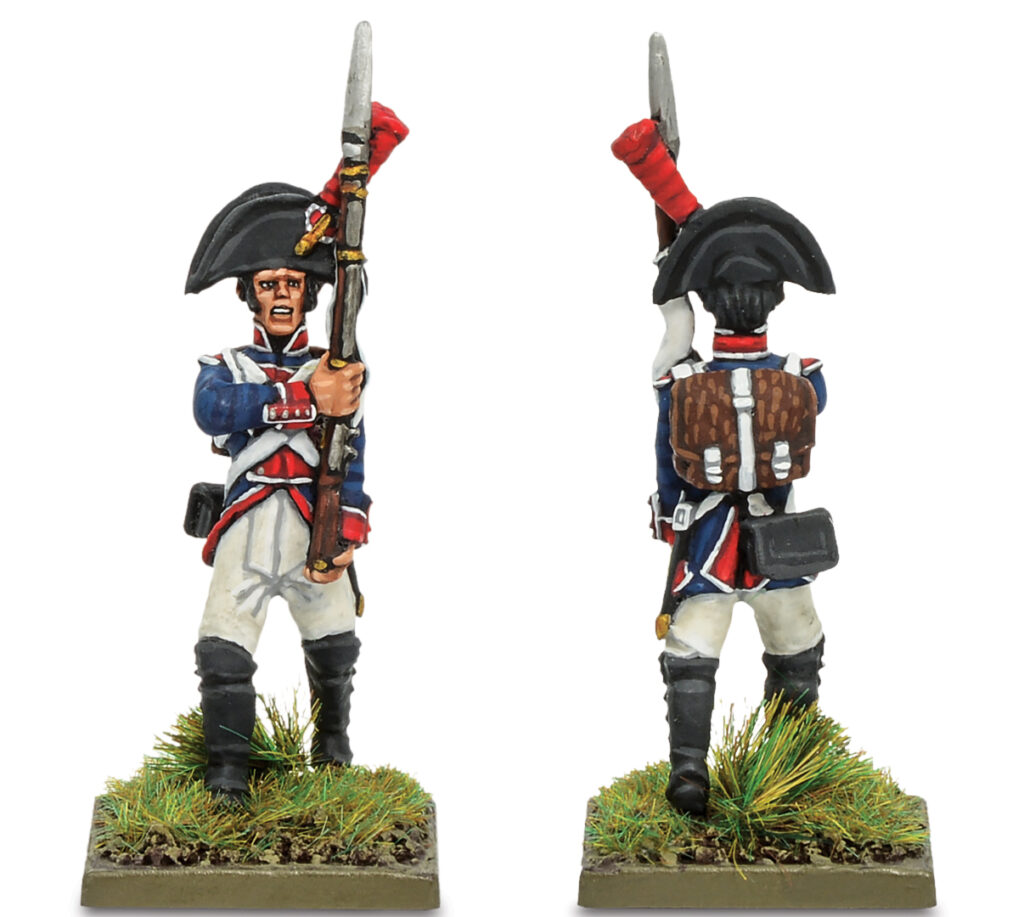
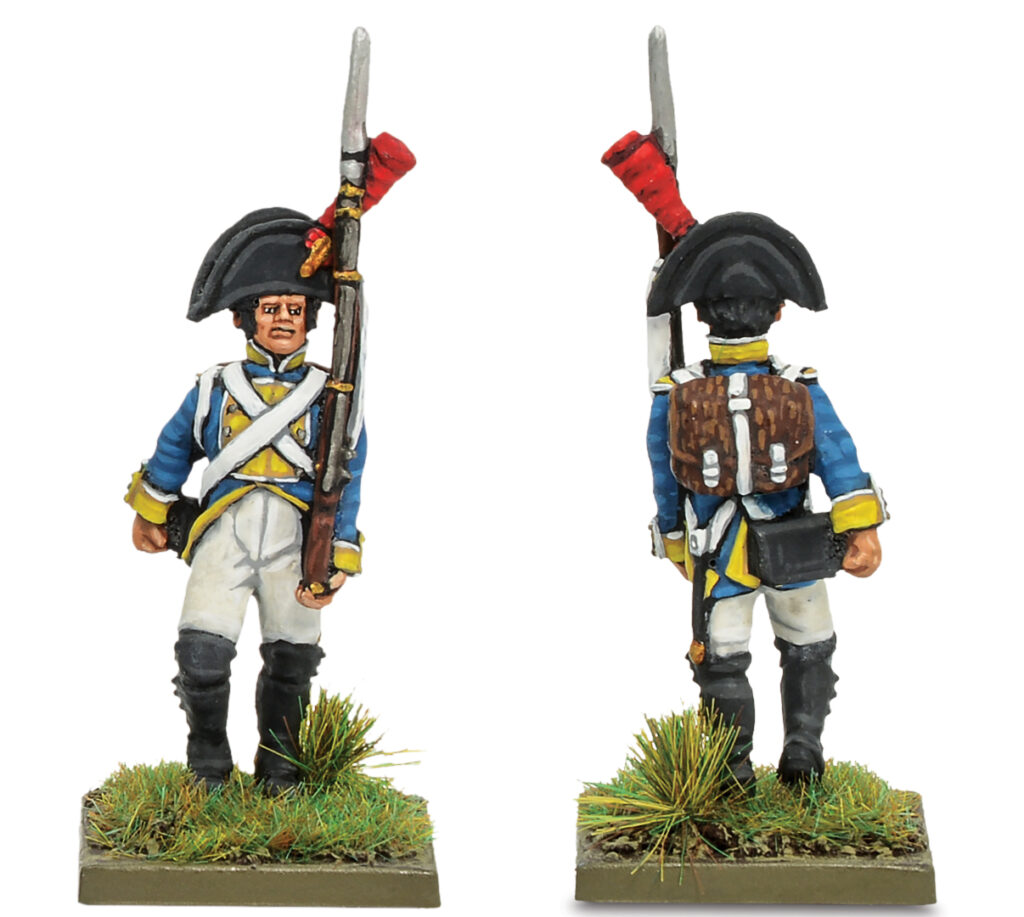
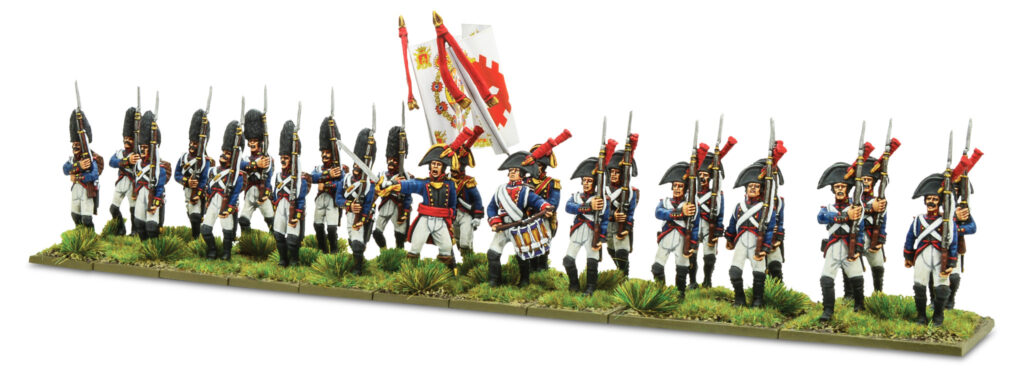
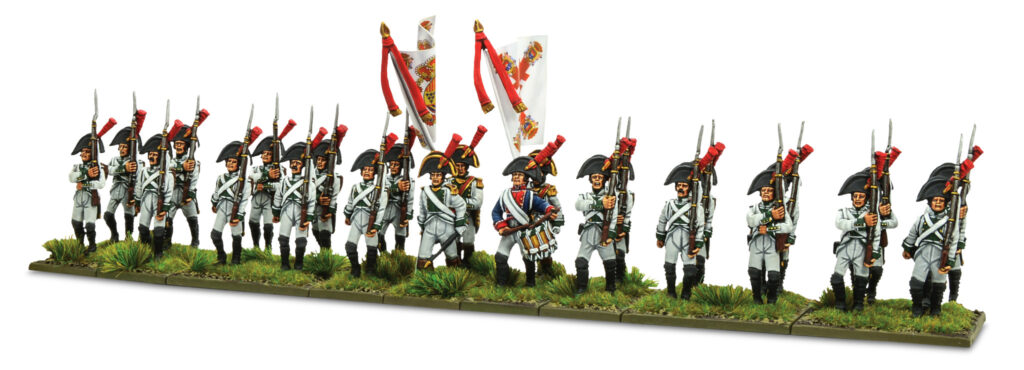
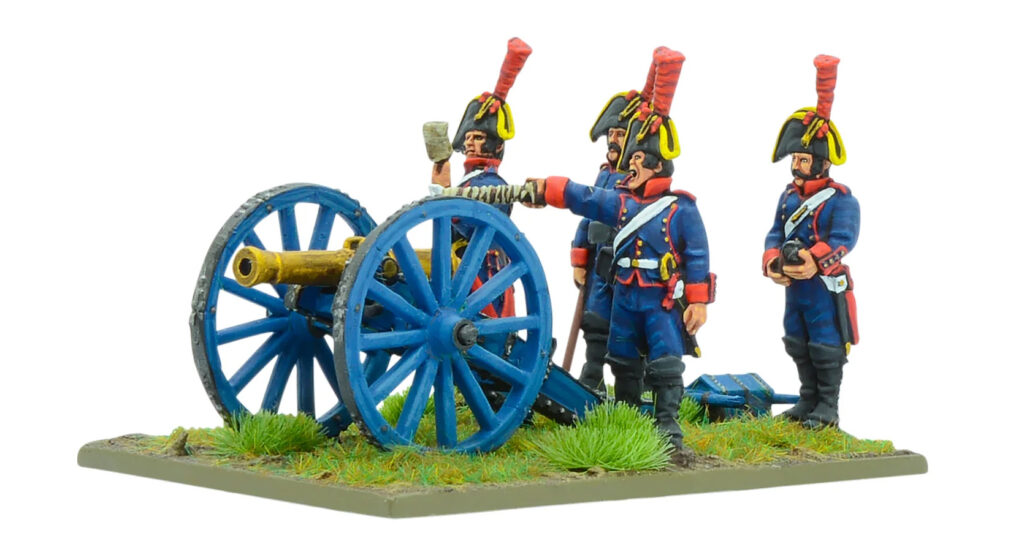
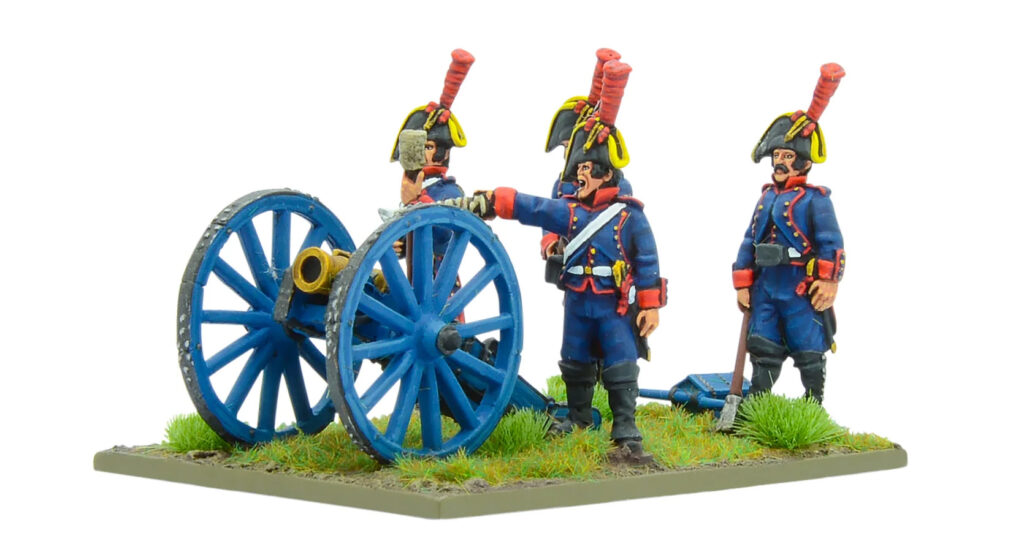
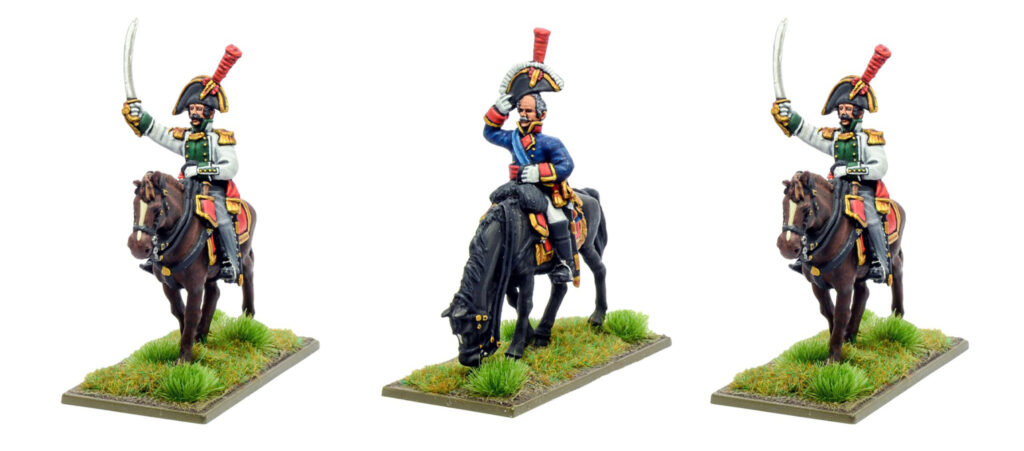


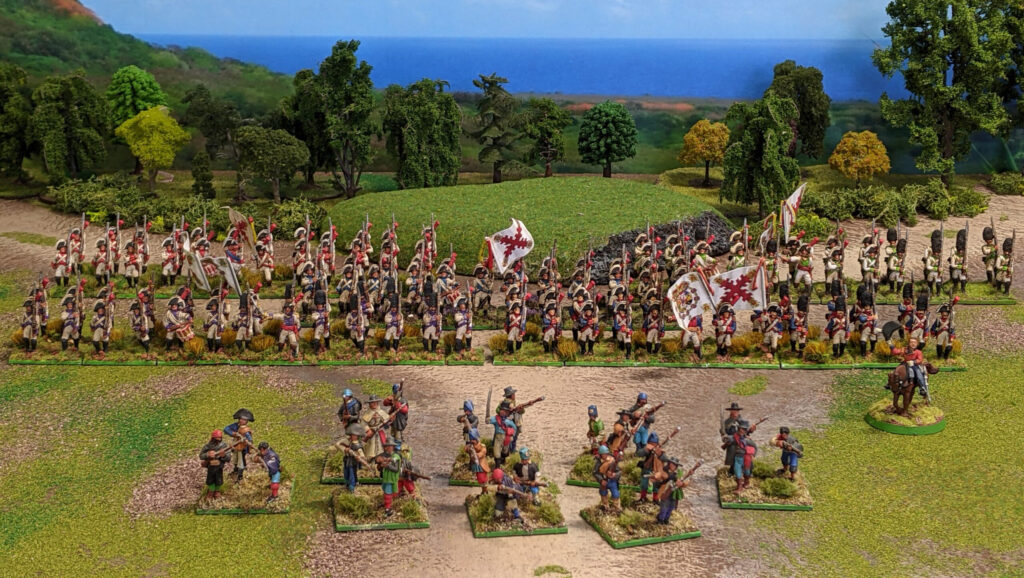
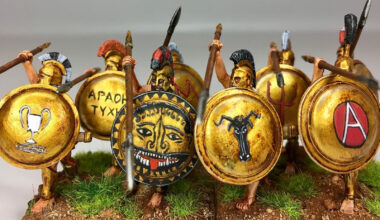
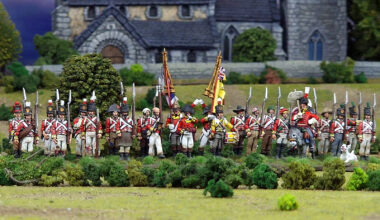
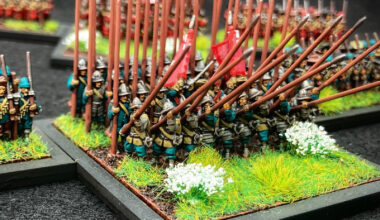
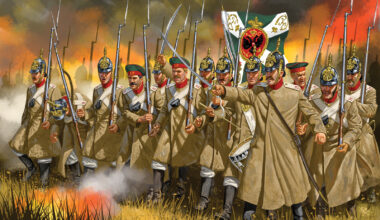
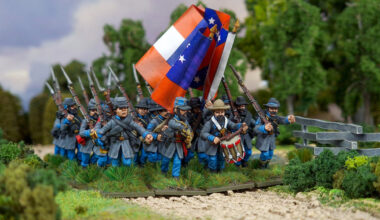
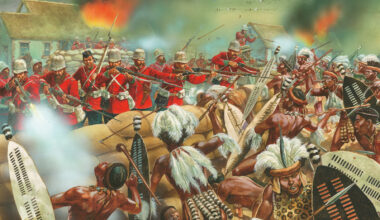
1 comment
I’ve recently started the hobby and I hit on the idea of painting up some Spanish Naoleonics. I have one battalion ( the Irilanda) and am in the process of basing a second. These models are well sculpted, with a great deal of detail and an absolute joy to work with. In terms of history, I think they are a little hard done by their erstwhile allies the British, as I am pretty sure no one took the field more often against the French then these brave, poorly trained and equipt boys. For all of that, they never gave up.
Comments are closed.